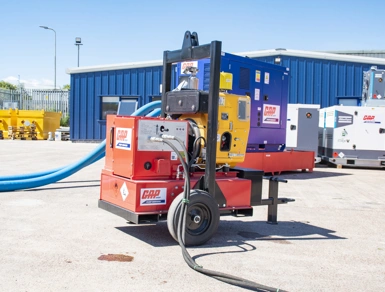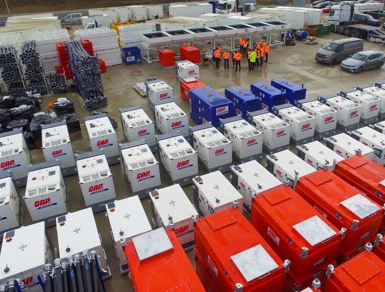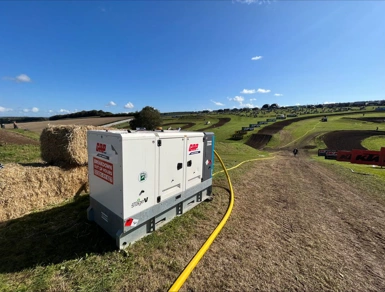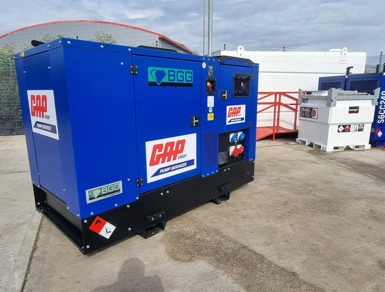- Assess the Risks
Know your site’s weak spots. Is it prone to heavy rainfall or flash flooding? Near rivers or underground water systems? Could a pump failure halt production?
Run a full risk assessment, which covers:
- Location-specific hazards
- Seasonal weather patterns
- Critical equipment and processes at risk
- Identify Requirements in Advance
Not all pumps are the same. Each one has different uses. Identifying what your site needs now will save valuable time later. You should consider:
- Pump type: Submersible, hydraulic, diesel or other
- Capacity: Flow rate, head height, and solids handling
- Power: Mains, generator, or fuel supply for remote sites
By knowing these details in advance, you will be ready to request exactly what you need in an emergency.
- Have GAP on Standby
A rapid response is essential. That’s why GAP offers 24/7 support from our pump experts. Keep your local GAP contact on speed dial. We’ll already know your site requirements, so we can dispatch the right equipment and team without delay.
Our nationwide network of depots means fast delivery and expert support, wherever you are.
- Train Your Team
Emergency response is only as strong as the people implementing it. You should ensure your team:
- Identify pump-related emergencies quickly
- Know safe handling and emergency procedures
- Understand their roles in communicating and coordinating response
Preparation not only saves time, but keep’s your team safe.
- Test and Review Regularly
Don’t wait for a real emergency to find the gaps in your plan. You should schedule:
- Drills before high-risk seasons
- Pump checks to confirm readiness and availability
- Incident reviews after any incident or operational change
Regular testing ensures your plan stays sharp and effective.
Be Ready with GAP Hire Solutions
Preparing is the key to protecting your people, and your site. Follow these five steps, and partner with GAP, to tackle any pump emergency with confidence.





